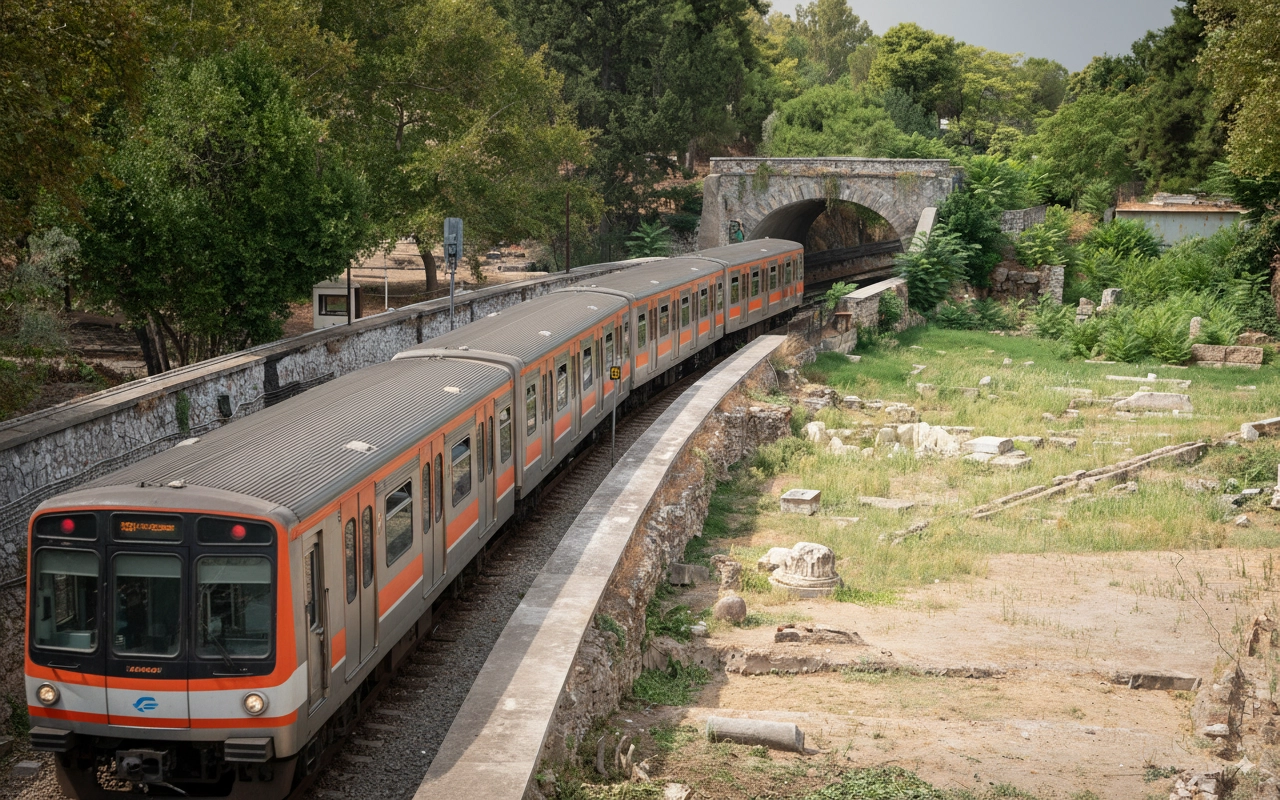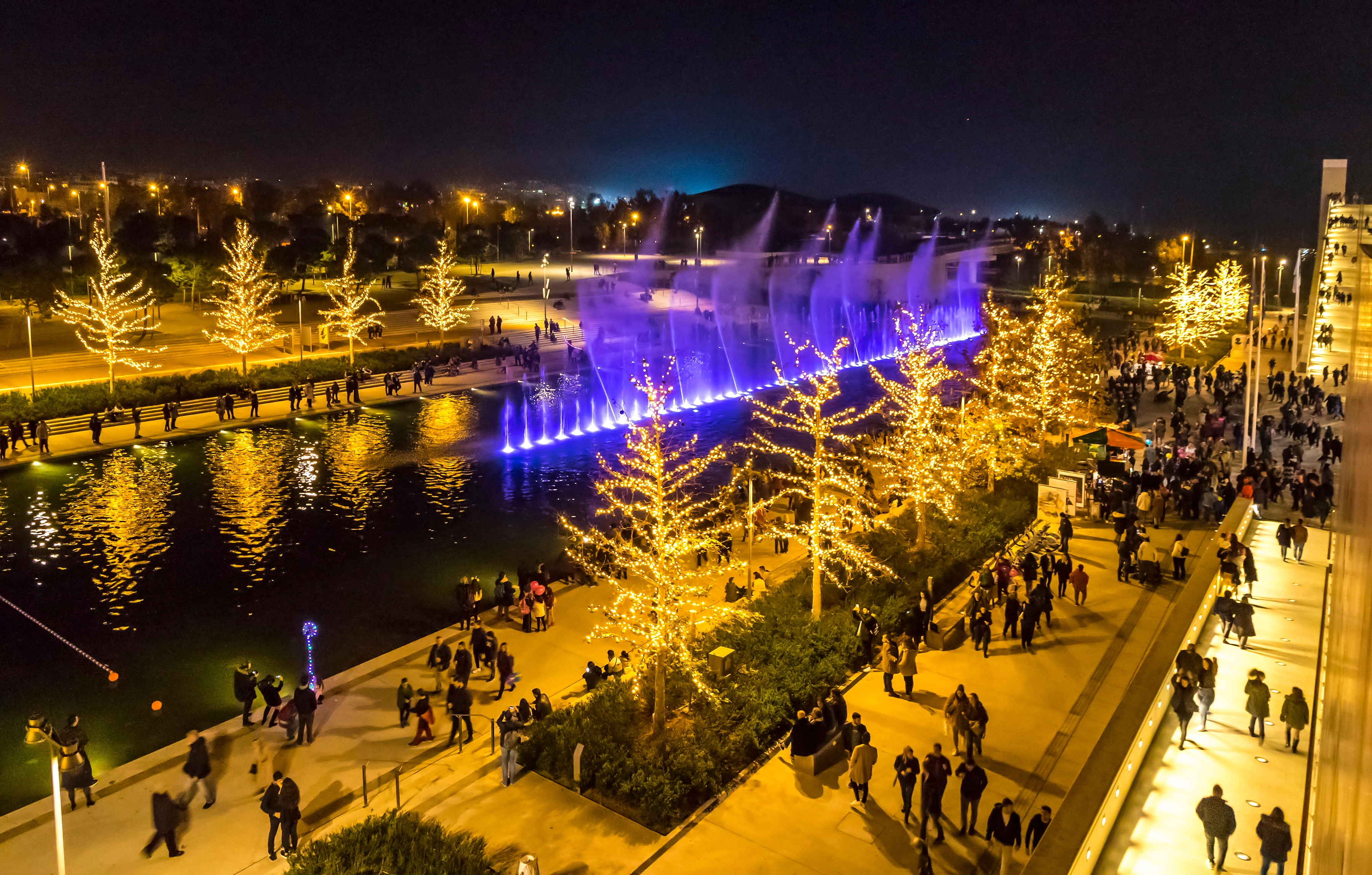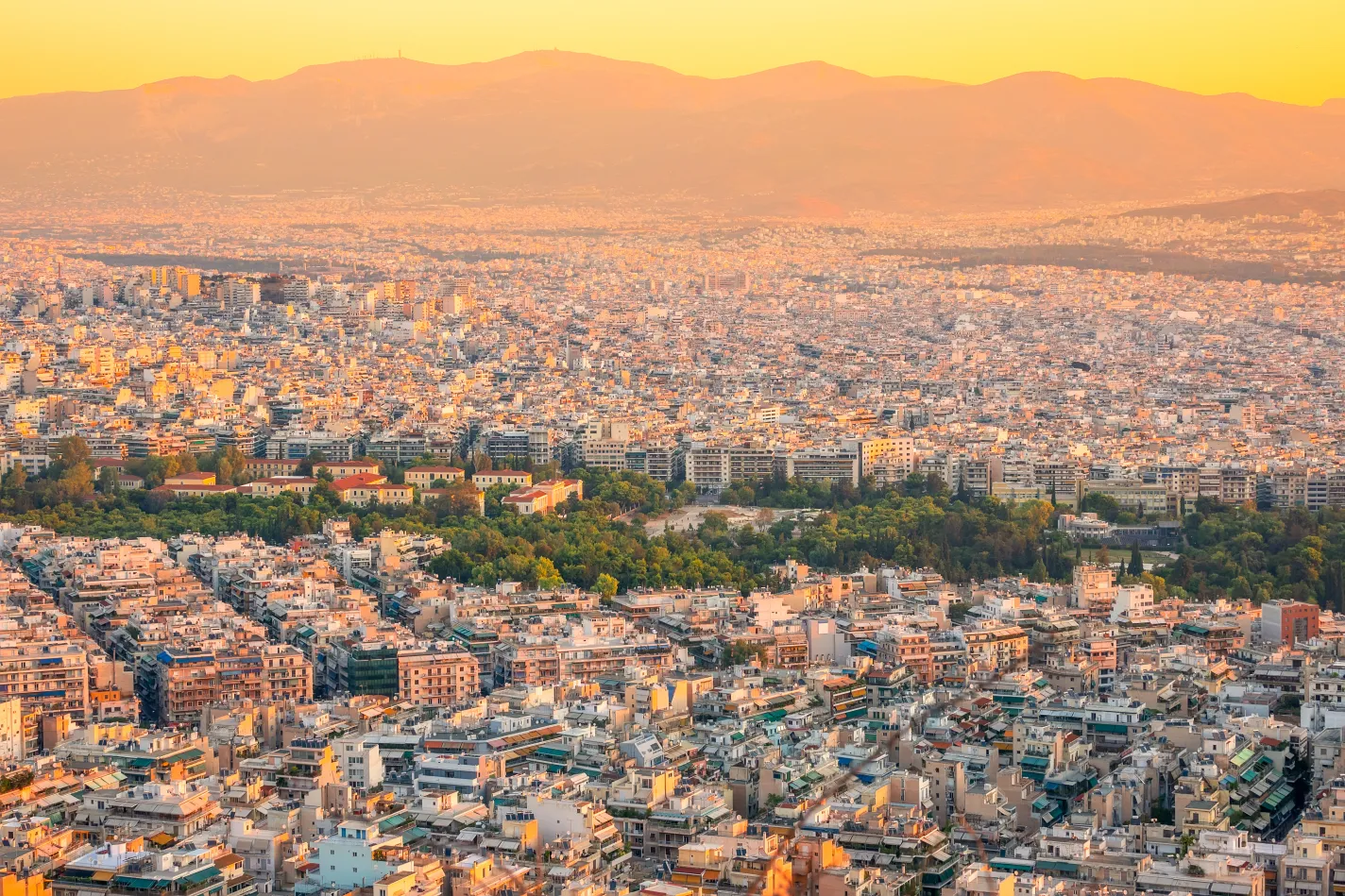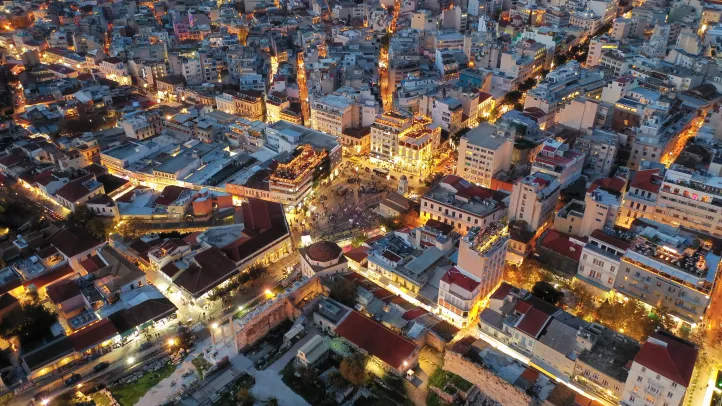Athens metro expansion: a signal to investors
Just recently, plans for a large-scale expansion of the Athens and Thessaloniki metro networks were published. We studied the maps and identified growth points where transport directly converts into profitability: the southern direction — from Elliniko to Glyfada, around the Ellinikon project itself — and the cultural axis to the Stavros Niarchos Foundation Cultural Center.
Renty has several projects launched in the new areas where the Athens Metro network expansion is planned: Kallithea Verde and Helios Residence. Units are still available for sale!Athens.
Metro: What Already Exists and What's Underway
The Athens Metro today consists of three lines that effectively "stitch" the city together.
The Green Line (Line 1) is the historical backbone of the network: from Piraeus port through the city center to the northern suburbs up to Kifissia.
The Red Line (Line 2) runs from the northwest (Anthoupoli) through the center and extends south to Elliniko — right to the border of the future "smart" city Ellinikon.
The Blue Line (Line 3) connects Piraeus and the airport, passing through Syntagma and Monastiraki: its extension to "Dimotiko Theatro" in Piraeus was introduced in autumn 2022, strengthening the "port-center-airport" link.
In recent years, the road network has been operating at its limit, and dense urban development leaves almost no room for expansion. Added to this is the local specificity: any construction — both residential buildings and especially metro tunnels — can be suspended for years upon the discovery of archaeological finds.

However, finally, things have moved forward, and the city authorities are creating a new driver in Athens — Line 4. It has been discussed since the mid-2000s; construction actually began in 2021 and is now proceeding at a high pace.
The shield from Katehaki has already passed several future stations and by the end of 2025 should approach "Evangelismos" (transfer to Line 3). Simultaneously, a control center is being built in Sepolia — this is the heart of the new line. For residents, this means not just the appearance of another branch, but the relief of overloaded axes and faster commutes to work and study.
The project includes a total of 15 stations. Two tunnel boring machines are operating at full capacity. The first shield exited the Katehaki shaft, passed the future stations of Goudi, Zografou, and Ilisia, and is moving towards "Panepistimioupoli," having covered about 2.6 km. The second started from the Veikou shaft, passed "Alsos Veikou," and is approaching "Galatsi," adding another 870 m.
To briefly describe the current transport situation: the three existing lines already provide through access "port-center-airport-north/south," and Line 4 and extensions to western and southern districts take this advantage to a new level of everyday mobility — precisely what the rental market pays for and what investors factor into profitability models.
What's Next: Bottlenecks, New Hubs, and the "Kifisias Effect"
The priority is the continuation of Line 4 along Kifisias Avenue to the northern suburbs.
This concerns the most overloaded axis of the capital: today, business clusters converge here — the municipality in the north of Athens, Marousi, where large shopping centers The Mall Athens, Golden Hall, the Athens Olympic Sports Complex, headquarters of major companies, and pendulum migration flows are located.
The new route is designed to be entirely underground, although an elevated option was historically discussed, with critical transfers: at "Katehaki" — to Line 3, in the "Kifisias" area — to Proastiakos, where the suburban railway is located, and in "Marousi" — to Line 1.
The planned expansion should not just "add stations," but build a seamless framework for the northern districts with a sharp reduction in travel time and relief of bus corridors along the avenue.
Parallel to this, the western vector is moving. The extension of Line 2 from "Anthoupoli" to Ilion — about 4 km and three new stations ("Palatiani," "Ilion," "Agios Nikolaos") — lays down a new "entry point" into the network where personal transport has dominated until now. The project includes not only platforms but also service infrastructure: modernization of the "Eleonas" depot and underground parking — an important "park & ride" link for the suburban front.
What Investors Should Pay Attention To
The Kallithea area is a point of peak demand on the line to the Stavros Niarchos Foundation Cultural Center and within walking distance of future transport hubs. We are simultaneously beginning work on several future apartments in these blocks: focusing on ergonomics, "turnkey" readiness, and parameters that strengthen the property specifically for long-term rentals.
The South is not only the "Elliniko—Glyfada" link but also the cultural axis to the Stavros Niarchos Foundation Cultural Center (SNFCC).

At the preliminary stage of development, an underground branching line from Thissio along Theseos with four stations is being considered. The budget is estimated at around €400 million.
For the network, this is a precedent: the first expansion of the historic Line 1 since 1957 and the first full-fledged "branch" on the Athens metro map. For the Stavros Niarchos Foundation Cultural Center itself — the solution to a long-standing accessibility request: hundreds of thousands of annual visitors will gain a direct connection to the metro.
It is important to understand: although the flagship remains the ongoing Line 4 and the tender for the "red" Line 2 to Western Attica, the transport strategy aims to expand horizons — urban planners note that it is critical for them not only "where a station will appear" but also "how it will change the connectivity of entire districts."
We see that this indicates the emergence of new growth points around future transfers — Kifisias/Marousi, Ilion/Palatiani, Kallithea/SNFCC. Along with them, a more predictable demand for long-term rentals where the time to the center and to business clusters will be reduced by 10–20 minutes one way.




